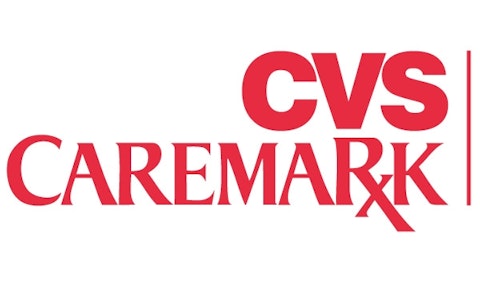As the back-half of 2013 gets underway, it is time for investors to position their portfolios for 2014. In addition to the usual full-year earnings releases in the first half of the year, a new Federal Reserve Chairman will be appointed to replace the outgoing Ben Bernanke.
In light of the fragile state of the U.S. economy and the prospect of Federal Reserve tapering, investors need to be ready for anything. Below are three solid dividend stocks that will position investors for whatever may come in 2014.
Three solid dividends

However, the integration has not yet reaped the promised rewards. The PBM segment is suffering from declining operating income, even as rival Express Scripts Holding Company (NASDAQ:ESRX) — which operates through third-party pharmacies such as Walgreen Company (NYSE:WAG) — gained market share and expanded its margins.
But even though CVS Caremark Corporation (NYSE:CVS) faces problems in its PBM segment, the company’s large store base and established customer relationships allow it to dominate smaller competitors on the retail front. These features enable it to generate strong cash flow — over $3.5 billion over the last four quarters — that can support consistent dividend increases for years to come; the company paid out $895 million in dividends over the last four quarters — about one-fourth of its free cash flow.
Of course, CVS Caremark Corporation (NYSE:CVS)’s struggles with its PBM business benefits Walgreen Company (NYSE:WAG). Walgreen currently trades with a 2.2% yield. As the company’s store base matures, its operating margin should improve. Moreover, as Walgreen spends less money on growth, it will have more money to return to shareholders in the form of dividends and share repurchases. The wave of patent expirations — which will allow Walgreen to sell more higher-margin generic drugs — will only add to Walgreen’s ability to increase its dividend.
CVS Caremark Corporation (NYSE:CVS)’s PBM segment would be a major concern for Walgreen Company (NYSE:WAG) if not for its apparent inability to draw in new customers. CVS Caremark could potentially steal Walgreen customers who use CVS Caremark for other things, but this has not happened on a large scale thus far.
Moreover, in its contract negotiation with Express Scripts Holding Company (NASDAQ:ESRX), Walgreen Company (NYSE:WAG) showed that it has more bargaining power than the market gives it credit for. Many of Express Scripts’ clients — especially the newly-acquired Medco clients who could change providers — voiced an unwillingness to exclude Walgreen from their network. This proves that Walgreen is not completely at the mercy of Express Scripts as many investors seem to think.
Walgreen Company (NYSE:WAG) pays a higher percentage of its free cash flow than CVS Caremark — usually between 30% and 40% — but still has plenty of room to boost it. The company has raised its dividend in 38 consecutive years, and nothing about the company’s current competitive position or payout ratio suggests that trend will cease to continue in the future.
Although CVS Caremark Corporation (NYSE:CVS) and Walgreen Company (NYSE:WAG) are stable companies with decent dividends, neither can top Exxon Mobil Corporation (NYSE:XOM) as far as dividend stocks go. ExxonMobil currently sports a 2.6% dividend yield, with a long history of dividend increases and ample free cash flow production.
With an average return on invested capital in the mid-20s, Exxon Mobil Corporation (NYSE:XOM) is one of the most capital-efficient oil companies on the planet. Its capital allocation is not unlike Berkshire Hathaway Inc. (NYSE:BRK.A)‘s; all major capital allocation decisions are made at the top of the company, with projects that promise the greatest return on capital receiving priority and other projects not getting funded. The leftover capital is returned to shareholders — and as ExxonMobil continues to mature, there will be a lot more money left over.
Investors are concerned that the low price of natural gas — likely to persist for years to come — will be a major headwind for the foreseeable future. While low natural-gas prices are not optimal, Exxon Mobil Corporation (NYSE:XOM)’s long-term prospects remain promising. The company’s enormous scale enables it to hire and retain top engineering talent, which it then markets to oil-rich nations that do not have the equipment or expertise to develop their own reserves.




